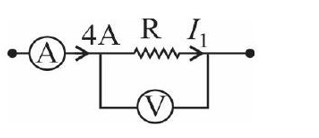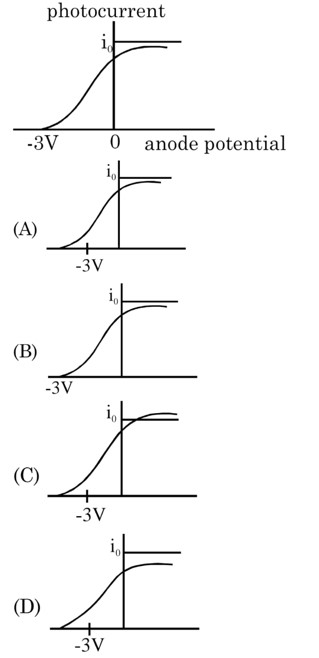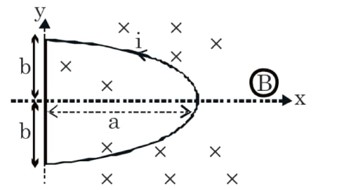Physics
Get insights from 5.6k questions on Physics, answered by students, alumni, and experts. You may also ask and answer any question you like about Physics
Follow Ask QuestionQuestions
Discussions
Active Users
Followers
New answer posted
2 months agoNew answer posted
2 months agoContributor-Level 10
Here the width of principal maxima is 2.5 mm
Then its half width is =
Diffraction angle q = …(i)
…(ii)
From (i) and (ii)
= 6.25 * 10-7 m
New answer posted
2 months agoBeginner-Level 5
Shiksha provides NCERT Notes for all class 11 and 12 important topics. We have covered all concepts in detail. You can check the key characteristics below;
- We have covered the topic-wise NCERT Notes of all NCERT textbook chapters, including deleted topics and chapters.
- These NCERT Notes are prepared keeping in mind the CBSE Exam pattern and CBSE syllabus 2025-2026.
- We have designed these NCERT Notes as revision notes along with a concise summary.
- You will also get the NCERT-based definition and derivation along with basic problem-solving techniques.
- We have also included solved JEE and NEET questions for holis
New answer posted
2 months agoContributor-Level 9
Optical path
Path-difference
Phase-difference
New answer posted
2 months agoContributor-Level 10
To reach at point A particle must cross the peak point.
Loss in KE = gain in PE
v2 = 100
v = 10 m/s
Taking an Exam? Selecting a College?
Get authentic answers from experts, students and alumni that you won't find anywhere else
Sign Up on ShikshaOn Shiksha, get access to
- 65k Colleges
- 1.2k Exams
- 679k Reviews
- 1800k Answers









